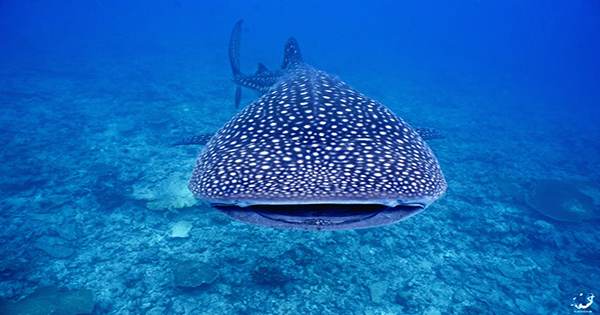When you think of sharks, you’re probably imagining cutting the dorsal fin of a swimming poacher across the surface of the water, but there are other examples of oceans that prove that sharks have multiple modes.
A species of gifted shark proved this earlier this year, as it was recorded for the first time by a potter on the seabed in Raja Ampat, Indonesia, using his pectoral and pelvic fins. The Hemiscyllium freycineti, also known as the Apollo shark of the leopard, is a mixture of eight species of walking sharks, and researchers predict that many more will be found.
There are several impressive evolutionary adaptations to the work here. The first is the ability to walk. The environment in which epaulette sharks live is a complex, shallow, barrier-filled coral reef system. In order to successfully navigate the cracks and cravings of this habitat while pursuing prey (crustaceans, worms, and small fish), apothecary sharks developed the ability to walk along the shore using an undulating, crawling speed.
The second adaptation that allows apolitical sharks to walk on land is the ability of oxygen to survive for extended periods of time. The reef systems inhabited by these incredible “walking” sharks can be very shallow – so isolated pools of water size in open reef structures that are shallow during low tide. These pools can trap fish, crabs, and other animals, and the level of oxygen in the water can be reduced by 80% or more by their breathing. Apollo sharks can be trapped in those low oxygen pools, and they are known to actually cross bare reefs to hunt for prey in places where other predators cannot and cannot escape prey.
In order to be able to survive in these conditions with very little oxygen – such as falling behind isolated prey, or surviving low-oxygen tidal pools – Apollo sharks have developed the ability to slow down their heartbeat and breathing and to limit blood flow to a certain extent part of the brain.
Research fellow Christine Dudgeon from the University of Queensland wrote in an email to IFLScience, “Like many ‘new’ species of sharks, these animals were known but only considered a population of other species.” “Walking sharks now have 9 described species but a decade ago there were 5 species, Hemiscyllium ocellatum, the original species known as Apollo shark, it was thought to be found throughout the genus distribution but since we have the species H. ocellatum being able to use genetics to isolate is now confined to the Great Barrier Reef of Australia.”
“Nine species are the same. These are shorter (usually less than 1 m in total length); longer, longer with a single long tail. Body shapes are basically identical and the only thing that sets them apart in their beauty is their pattern. These are highly furnished and the patterns vary from place to place.”















